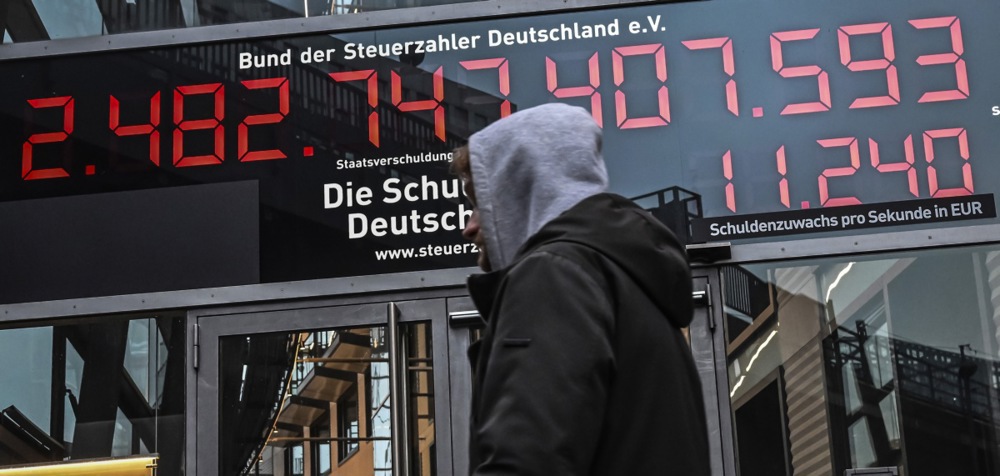Seven European Union Member States are under special scrutiny for accumulating increased public debt and deficits.
The European Commission has initiated an Excessive Deficit Procedure (EDP) against France, Italy, Belgium, Hungary, Malta, Poland and Slovakia. Procedures were already pending against Romania.
EU countries are bound by international rules to keep their debts and deficits in check, in line with the Maastricht Treaty norms, but the seven nations have failed to do so.
Twelve Member States were investigated by the EC and seven failed to meet the criteria.
They have now been put on a what is regarded as a corrective trajectory by Brussels.
The worst performing countries were Belgium, Spain, France Italy and Hungary.
In France, the June 9 call from President Emmanuel Macron to hold snap general elections, with victory for the hard-right National Rally looking likely, has put financial markets on alert.
“After almost four years of the safeguard clause, our economic and budgetary policies are entering a new cycle”, economy Commissioner Paolo Gentiloni said.
“But this does not mean a return to normality because we do not live in normal times and certainly not a return to austerity because it would be a terrible mistake.”
Facing the excessive debt procedure, the seven countries will be forced to take measures to get their finances in order.
Under the EC rules, the deficit condition is met if the nation’s deficit for the previous year (2023) and the projected deficit for the following year (2024) does not exceed 3 per cent of GDP.
If it does, the body examines the circumstances and checks whether the excess is “exceptional and temporary” or not.
The debt requirement is met if a nation’s gross debt does not exceed 60 per cent of GDP, or if the ratio is gradually decreasing and approaching the required reference value.
GDP measures the monetary value of final goods and services — that is, those that are bought by consumers — produced in a country in a given period of time.
The EC also takes into account so-called macroeconomic imbalances, such as labour market fragility, productivity growth and the state of the financial sector.
In terms of GDP percentages, in 2023 Belgium had a deficit of 4.4 per cent, Hungary 6.7 per cent, Malta 4.9, Poland 5.1 per cent, Slovakia 4.9 per cent. France came in at 5.5 per cent and Italy 7.4 per cent.
Regarding general government debt, in 2023 Belgium was at 105.2 per cent of GDP, Hungary 73.5 per cent, Malta 50.4 per cent, Poland 49.6 per cent , Slovakia 56 per cent, France 110.6 per cent and Italy 137.3 per cent.
In July, EU finance ministers will vote on the EC’s recommendation to initiate the excessive deficit procedure. As the vote is a formality, it can be assumed they will approve.
Then, the EC will draw up a timetable on over what period the deficits should be reduced. In November, the body will publish recommendations with corrective measures.
Ahead of that, in the week ending June 21, the EC will send out a proposed trajectory to the targeted Member States. With that, the countries have to draw up plans that reflect the body’s recommendations and reduce debts and deficits.
That means in effect that the seven countries all will have to make major cuts in their spending, which will undoubtedly run into the billions of euros.
Another solution is raising taxes but that would prove a difficult sell domestically.
The EC’s message came as the same seven countries have to make investments in defence and as the “baby-boom” generation reaches pension age.
If countries do not succeed in making sufficient progress or ignore the body’s recommendations, in theory, they risk hefty fines.





